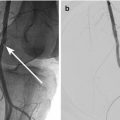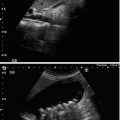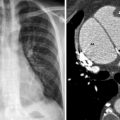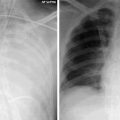Florian Falter and Nicholas J. Screaton (eds.)Imaging the ICU Patient201410.1007/978-0-85729-781-5_10
© Springer-Verlag London 2014
10. Patient Preparation
(1)
Department of Anaesthesia, Peterborough City Hospital, Peterborough, UK
(2)
Department of Anaesthesia and Intensive Care Medicine, Cardiocentro Ticino, Via Tesserete 48, Lugano, 6900, Switzerland
Abstract
This chapter aims to outline issues surrounding whether or not to intubate the critically ill patient prior to transfer to the radiology department for diagnostic and/or therapeutic procedures. This is in order to provide a framework around which clinicians involved in such transfers can base their decisions. Procedural, patient, human and organisational factors are all considered.
Introduction
Transport of the critically ill patient is an inevitable and frequent part of critical care practice. The reasons for this are manifold; however, a visit to the radiology department for specialist investigation and/or intervention is probably the most frequent.
The increased risk to patient safety combined with the frequency with which transfers occur has led to the development of local and national guidelines regarding the necessary procedures and precautions that need to be considered before and during patient transfer to minimise the risk of patient harm. The American College of Critical Care Medicine recommends that “a patient should not be transported before airway stabilization if it is judged likely that airway intervention will be needed” during the transfer. The potential risks and complications of inducing anaesthesia, performing tracheal intubation and instituting invasive ventilation in a critically ill patient in an emergency situation are plenty even when tackled in the relative comfort of an ICU. However, to do so in less familiar and more isolated surroundings merely adds layers of technical difficulty and stress and unduly amplifies the risk of possible complications.
The decision to secure a patient’s airway before embarking on transfer to the radiology suite should be made based on three considerations:
Procedural factors
Patient factors
Organisational and human factors.
In the context of the critically ill patient, it should be emphasised that the only satisfactory method of airway stabilisation is endotracheal intubation. Other methods, such as the use of supraglottic airway devices or simple airway adjuncts are usually only appropriate as rescue techniques to maintain oxygenation in an emergency situation such as failed endotracheal intubation.
Stay updated, free articles. Join our Telegram channel

Full access? Get Clinical Tree








